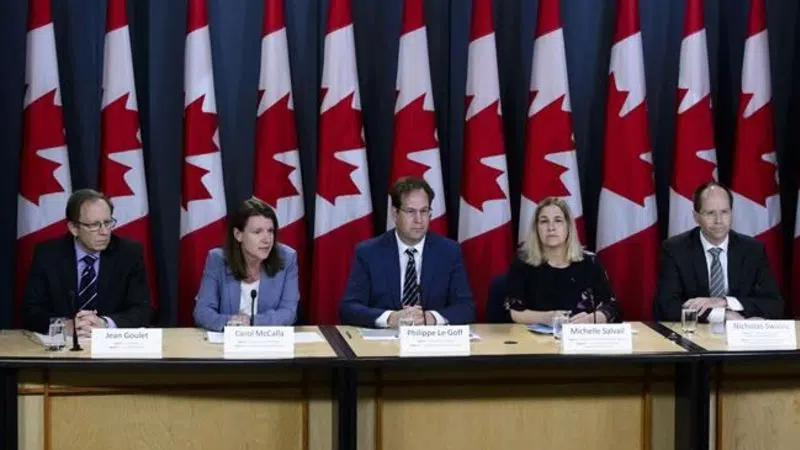
Dead end: millions of calls to government go unanswered, AG finds
OTTAWA — Half of the 16 million Canadians trying to reach one of three government agencies by telephone are unable to speak to live humans, according to Canada’s interim auditor general.
Sylvain Ricard’s office audited call centres at three departments that receive a lot of phone calls: the Immigration Department, Employment and Social Development Canada and Veterans Affairs.
“Overall, we found that getting through to government call centres took time and persistence,” the audit report says. “In fact, we found that half of the 16 million Canadians who tried to speak to an agent could not do so.”



